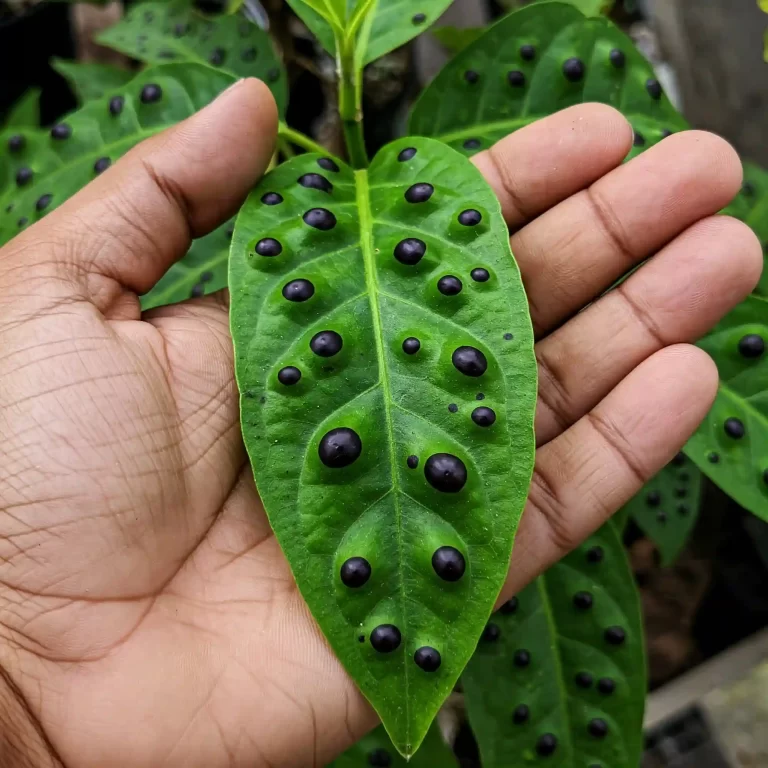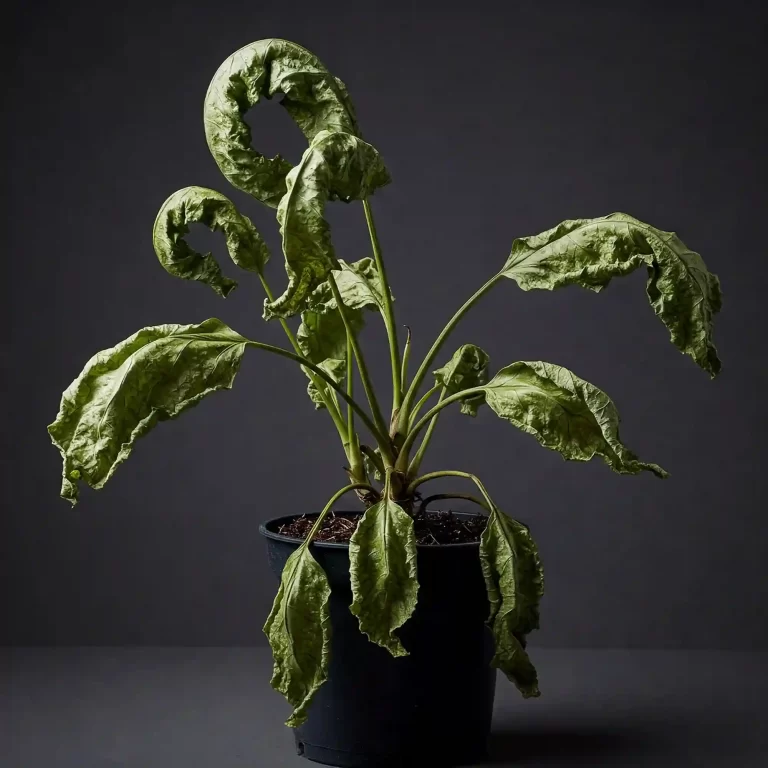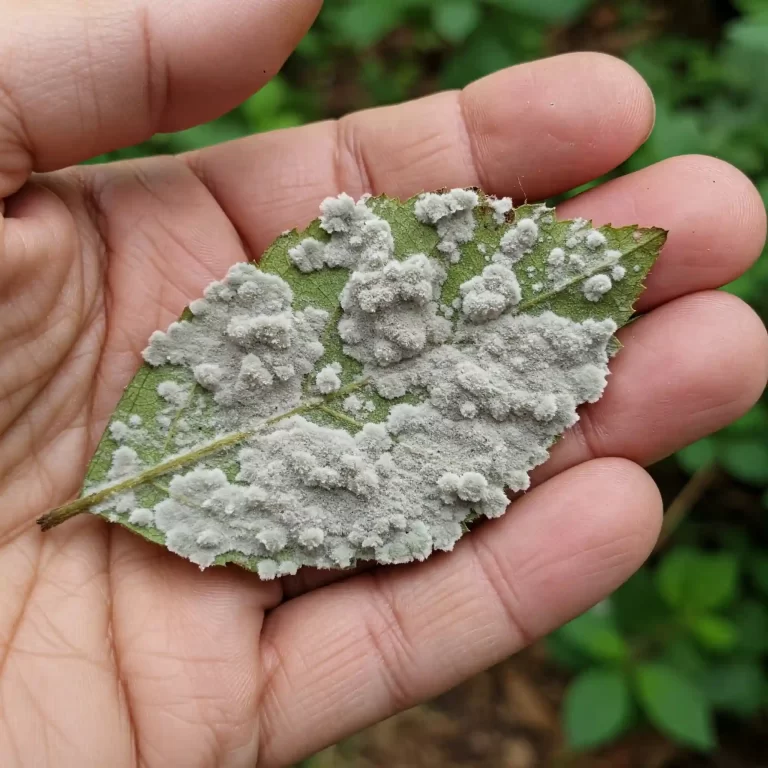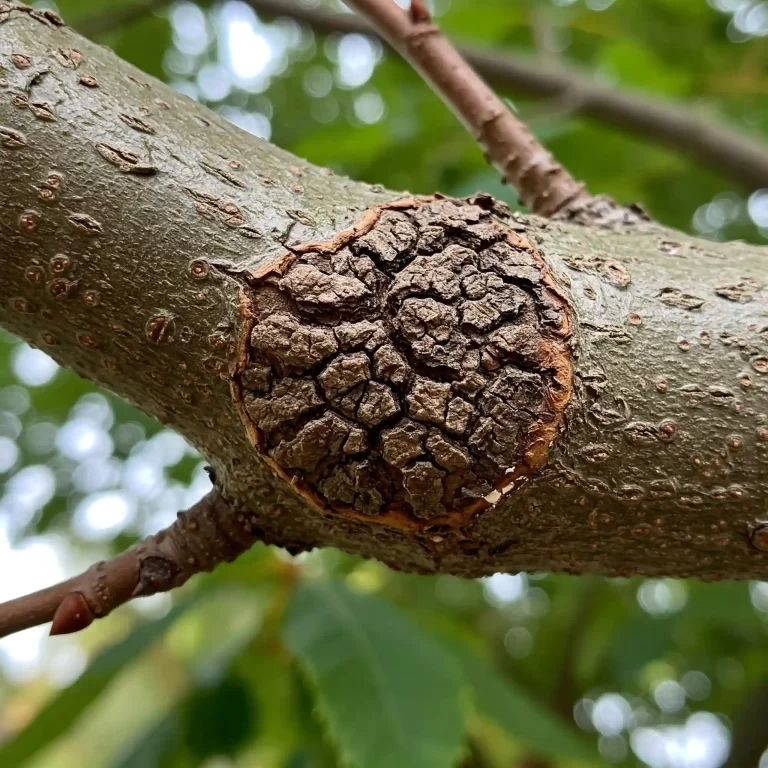| – Aglaonema Silver Bay is a hybrid variety of Aglaonema, a genus of evergreen tropical plants native to Asia and New Guinea. It has dark green leaves with silver patterns and can tolerate low-light conditions. |
| – Aglaonema Silver Bay has many benefits for your health and your home, such as improving the air quality, increasing the humidity, boosting your mood, enhancing the beauty, and attracting good luck. |
| – Aglaonema Silver Bay is easy to grow and care for, as it has simple requirements for light, water, temperature, humidity, soil, fertilizer, pruning, and repotting. |
| – Aglaonema Silver Bay can suffer from some common problems, such as pests, diseases, and environmental stress, but they can be prevented or treated with proper care and attention. |
What is Aglaonema Silver Bay and What are its Benefits?
Aglaonema Silver Bay is a stunning houseplant that can brighten up any space with its dark green leaves and silver patterns. But what is Aglaonema Silver Bay, and what are its benefits? In this part of the article, you will learn about the origin and history, the features and popularity, and the benefits and uses of Aglaonema Silver Bay.
Origin and History of Aglaonema Silver Bay
Aglaonema Silver Bay is a hybrid variety of Aglaonema, a genus of evergreen tropical plants native to Asia and New Guinea. Aglaonema plants are also known as Chinese evergreens, because they are widely cultivated in China as ornamental plants.
Aglaonema Silver Bay was developed by Jake Henny, a horticulturist and professor at the University of Florida, in the 1980s. He crossed two Aglaonema varieties, Aglaonema commutatum ‘Treubii’ and Aglaonema nitidum ‘Curtisii’, to create Aglaonema Silver Bay. He named it after the location of his greenhouse, Silver Bay, Florida.
The botanical name of Aglaonema Silver Bay is Aglaonema x ‘Silver Bay’. It belongs to the Araceae family, which includes other well-known plants such as philodendron, monstera, and peace lily. Some of the common names for Aglaonema Silver Bay are Chinese evergreen, Silver Bay Chinese evergreen, and painted drop tongue.
Features and Popularity of Aglaonema Silver Bay
Aglaonema Silver Bay has dark green, lance-shaped leaves with silver patterns that vary from leaf to leaf. The leaves can grow up to 12 inches long and 6 inches wide. The plant can reach up to 3 feet tall and wide.
Aglaonema Silver Bay produces small, greenish-white flowers that are enclosed by green spathes. The flowers are followed by red berries that contain seeds. However, the flowers and fruits are not very showy, and most people grow Aglaonema Silver Bay for its foliage.
Aglaonema Silver Bay is a popular houseplant because of its attractive foliage, easy care, and ability to tolerate low-light conditions. It is also one of the most durable and adaptable plants, as it can survive in a wide range of environments and climates. It is suitable for beginners and experts alike, as it does not require much attention or maintenance.
Benefits and Uses of Aglaonema Silver Bay
Aglaonema Silver Bay has many benefits for your health and your home, such as:
- Improving the air quality: According to a NASA study, Aglaonema Silver Bay can remove harmful toxins such as formaldehyde, benzene, and xylene from the air. These toxins can cause headaches, nausea, irritation, and allergies. Aglaonema Silver Bay can also increase the oxygen level in your home, which can improve your breathing and sleep quality.
- Increasing the humidity: Aglaonema Silver Bay can increase the humidity level in your home, which can prevent dry skin, throat, and nose. It can also reduce the risk of infections and respiratory problems, such as colds and asthma. Aglaonema Silver Bay can also help your other plants thrive, as it can create a humid microclimate around them.
- Boosting your mood: Aglaonema Silver Bay can boost your mood and reduce stress, as it has a calming and soothing effect on your eyes and mind. It can also enhance your creativity and productivity, as it can stimulate your brain and senses. Aglaonema Silver Bay can also help you relax and unwind, as it can create a peaceful and serene atmosphere in your home.
- Enhancing the beauty: Aglaonema Silver Bay can enhance the beauty and style of any space, as it can add a touch of elegance and sophistication to your home. You can use Aglaonema Silver Bay to decorate your living room, bedroom, bathroom, kitchen, or office. You can choose from different types of pots, baskets, and stands to match your interior design. You can also use Aglaonema Silver Bay to create a focal point, a contrast, or a balance in your room.
- Attracting good luck: Aglaonema Silver Bay can attract good luck and prosperity to your home, according to the principles of Feng Shui. Feng Shui is an ancient Chinese art and science that deals with the harmonious arrangement of space and energy. You can place Aglaonema Silver Bay in the east, southeast, or south areas of your home to attract positive energy and wealth. You can also place Aglaonema Silver Bay near the entrance of your home to welcome good fortune and guests.
How to Grow and Care for Aglaonema Silver Bay and What are the Common Problems and Solutions?
Aglaonema Silver Bay is easy to grow and care for, as it has simple requirements for light, water, temperature, humidity, soil, fertilizer, pruning, and repotting. However, Aglaonema Silver Bay can also suffer from some common problems, such as pests, diseases, and environmental stress. In this part of the article, you will learn how to grow and care for Aglaonema Silver Bay, and how to prevent and treat the common problems.
How to Grow and Care for Aglaonema Silver Bay
Here are the basic steps on how to grow and care for Aglaonema Silver Bay:
- Light: Aglaonema Silver Bay can grow well in most light conditions, except for harsh direct sun. It prefers bright indirect light, but it can also tolerate low light. You can place your plant about two or three feet away from a window with eastern or western exposure. If you grow your plant under fluorescent light, make sure it gets at least six hours of artificial light per day.
- Water: Water your plant when the top two inches of soil feel dry. Avoid overwatering or letting the soil get soggy, as this can cause root rot. You can use a drainage tray or a pot with holes at the bottom to prevent waterlogging. You can also use a moisture meter or your finger to check the soil moisture level. Water your plant thoroughly until the water drains out of the bottom of the pot, and then empty the tray. Use room-temperature water that is free of chlorine and fluoride, as these chemicals can harm your plant.
- Temperature: Aglaonema Silver Bay likes warm and humid environments. It can grow in the average room temperature, ranging from 65 to 80 F (18 to 27 C). Avoid exposing your plant to cold drafts or sudden temperature changes, as this can damage the foliage. Keep your plant away from doors, air vents, and walls. You can also cover your plant with a cloth or a plastic bag if the temperature drops below 50 F (10 C) for a short period of time.
- Humidity: Aglaonema Silver Bay enjoys high humidity levels. You can mist your plant once a week to keep the leaf edges from browning. You can also use a humidifier or a pebble tray filled with water to increase the moisture in the air around your plant. Alternatively, you can group your plant with other tropical plants to create a microclimate of humidity. Avoid placing your plant near heaters, radiators, or fireplaces, as these can dry out the air and the plant.
- Soil: Aglaonema Silver Bay needs well-draining and slightly acidic soil. You can use a potting mix designed for tropical plants, or make your own by mixing equal parts of peat moss, perlite, and sand. You can also add some compost or worm castings to enrich the soil with organic matter. Make sure the potting mix is loose and airy, and not compacted or heavy. You can also add some charcoal or crushed eggshells to improve the drainage and aeration of the soil.
- Fertilizer: Aglaonema Silver Bay does not need much fertilizer, as it is a slow-growing plant. You can feed your plant with a balanced liquid fertilizer diluted to half-strength once a month during the growing season (spring to fall). Do not fertilize your plant in winter, as this can cause salt buildup in the soil and burn the roots. You can also use organic fertilizers such as fish emulsion, seaweed extract, or compost tea to nourish your plant naturally.
- Pruning and Maintenance: Aglaonema Silver Bay does not require much pruning, except for removing dead or damaged leaves. You can also trim the stems to maintain the shape and size of your plant. To prune your plant, use a sharp and sterile pair of scissors or pruners, and cut the leaves or stems at an angle, close to the base of the plant. Dispose of the cuttings properly, and wash your hands and tools after pruning. To keep your plant healthy and pest-free, wipe the leaves with a damp cloth or a mild soap solution once in a while. You can also dust the leaves and rotate the pot by a quarter turn once a month to ensure even growth.
- Repotting: Aglaonema Silver Bay does not need to be repotted often, as it likes to be slightly root-bound. You can repot your plant every two to three years, or when you see roots coming out of the drainage holes. Choose a pot that is one size larger than the current one, and use fresh potting soil. Be gentle when handling the roots, and water your plant well after repotting. You can also divide your plant into smaller plants when you repot it, by separating the clumps of roots and stems. This way, you can propagate your plant and share it with your friends and family.
What are the Common Problems and Solutions for Aglaonema Silver Bay?
Aglaonema Silver Bay can suffer from some common problems, such as pests, diseases, and environmental stress. However, they can be prevented or treated with proper care and attention. Here are some of the common problems and solutions for Aglaonema Silver Bay:
- Pests: Aglaonema Silver Bay can be attacked by some common pests, such as mealybugs, spider mites, scale insects, and aphids. These pests can suck the sap from the plant and cause yellowing, wilting, and curling of the leaves. They can also spread diseases and viruses to the plant. To prevent pests, inspect your plant regularly and keep it clean and healthy. To treat pests, you can use a cotton swab dipped in alcohol to wipe off the pests, or spray your plant with a solution of water and mild soap or neem oil. You can also use insecticidal soap or horticultural oil to kill the pests, but make sure to follow the instructions and test a small area of the plant first. You can also isolate your plant from other plants to avoid spreading the pests.
- Diseases: Aglaonema Silver Bay can be affected by some common diseases, such as root rot, leaf spot, and anthracnose. These diseases can be caused by fungi, bacteria, or viruses, and can result in brown, black, or yellow spots, patches, or lesions on the leaves or stems. They can also cause the leaves to drop or the plant to die. To prevent diseases, avoid overwatering or underwatering your plant, and use well-draining and sterile soil. To treat diseases, you can remove the infected parts of the plant and dispose of them properly. You can also use a fungicide or a bactericide to treat the disease, but make sure to follow the instructions and test a small area of the plant first. You can also isolate your plant from other plants to avoid spreading the disease.
- Environmental stress: Aglaonema Silver Bay can be stressed by some environmental factors, such as too much or too little light, water, temperature, or humidity. These factors can cause the leaves to turn yellow, brown, or red, or to curl, wilt, or fall off. They can also stunt the growth or affect the color of the plant. To prevent environmental stress, provide your plant with the optimal conditions for light, water, temperature, and humidity, as described above. To treat environmental stress, adjust the conditions accordingly and monitor your plant for any signs of improvement or deterioration. You can also move your plant to a more suitable location or repot it if necessary.
Here is a table that summarizes the common problems and solutions for Aglaonema Silver Bay:
| Problem | Cause | Solution |
|---|---|---|
| Pests | Mealybugs, spider mites, scale insects, aphids | Wipe off with alcohol, spray with soap or neem oil, use insecticidal soap or horticultural oil, isolate the plant |
| Diseases | Root rot, leaf spot, anthracnose | Remove infected parts, use fungicide or bactericide, isolate the plant |
| Environmental stress | Too much or too little light, water, temperature, or humidity | Adjust the conditions, move or repot the plant |
Conclusion
Aglaonema Silver Bay is a beautiful and beneficial houseplant that can thrive in low-light conditions. It has dark green leaves with silver patterns that can improve the air quality, increase the humidity, boost your mood, enhance the beauty, and attract good luck to your home. It is also easy to grow and care for, as it has simple requirements for light, water, temperature, humidity, soil, fertilizer, pruning, and repotting. However, it can also suffer from some common problems, such as pests, diseases, and environmental stress, but they can be prevented or treated with proper care and attention. By following the tips and tricks in this ultimate guide, you will be able to enjoy this stunning plant for years to come.



